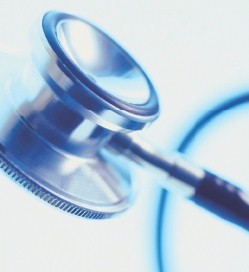
The risk factors may be the same, but understanding the differences between a stroke, heart attack and cardiac arrest could mean the difference between life and death.
A heart attack occurs when blood flow to the heart is blocked. Some symptoms of a heart attack include shortness of breath, sweating, discomfort in the center of the chest and even discomfort in other areas of the upper body. Men and women often experience heart attacks differently, and women may exhibit less visible symptoms or may feel abdominal pain often mistaken as heartburn.
Cardiac arrest occurs when the heart suddenly stops beating and blood and oxygen cannot flow to the body's vital organs. Without the use of an automated external defibrillator, death can occur (sudden cardiac arrest). Symptoms of this include loss of consciousness and cessation of breathing and a pulse.
A stroke occurs when blood flow to the brain is blocked either by a clogged or burst blood vessel. Difficulty walking, speaking or seeing can be symptoms, as well as headaches or weakness on one side of the body. Brain cells start dying within minutes after a stroke, which is why immediate action is necessary.
High blood pressure, high cholesterol, smoking and obesity are all risk factors that can increase an individual's likelihood of experiencing a heart attack, cardiac arrest or stroke. Immediate - and proper -action is necessary in treating each of these life-threatening episodes.
Health Risk Assessment
Assess your health risk for FREE with our online tool.
$webqFacilityNumber
Need a Physician?